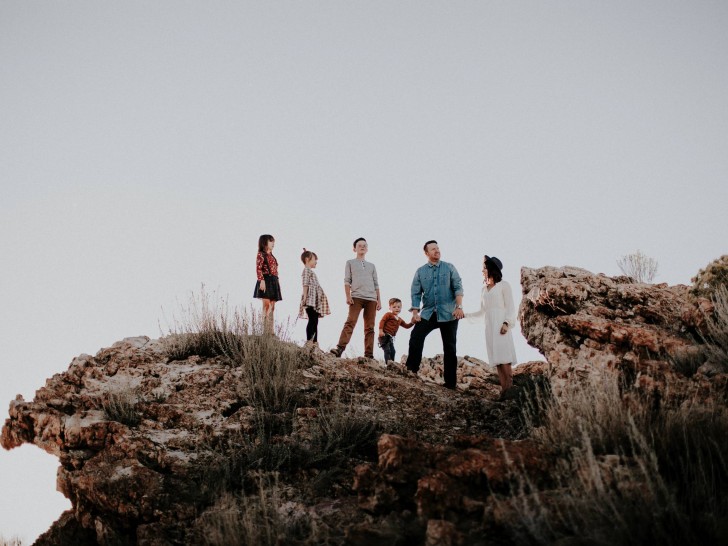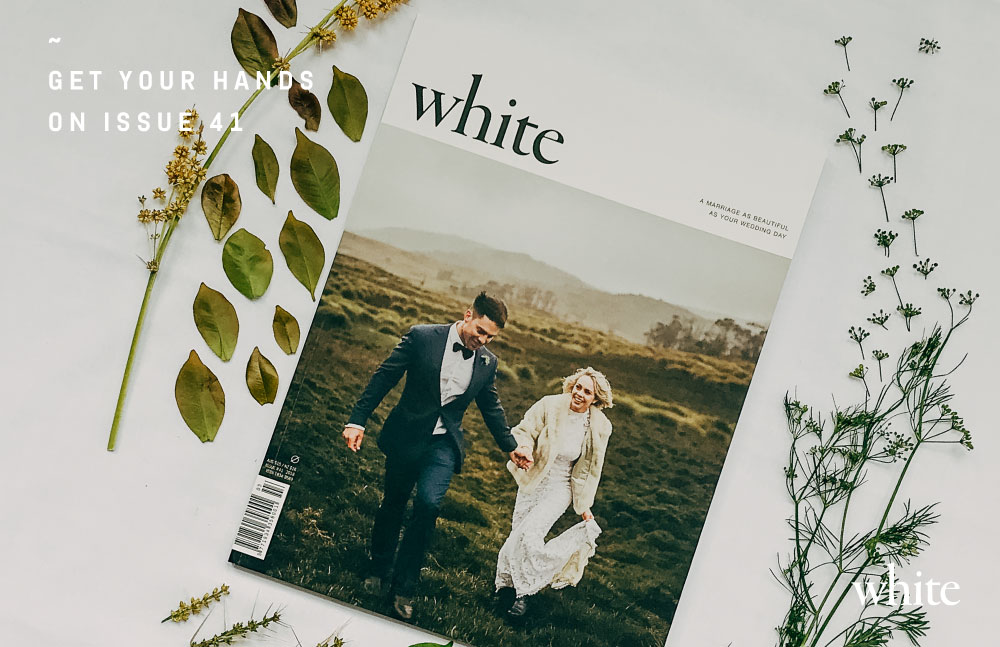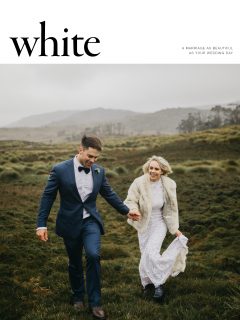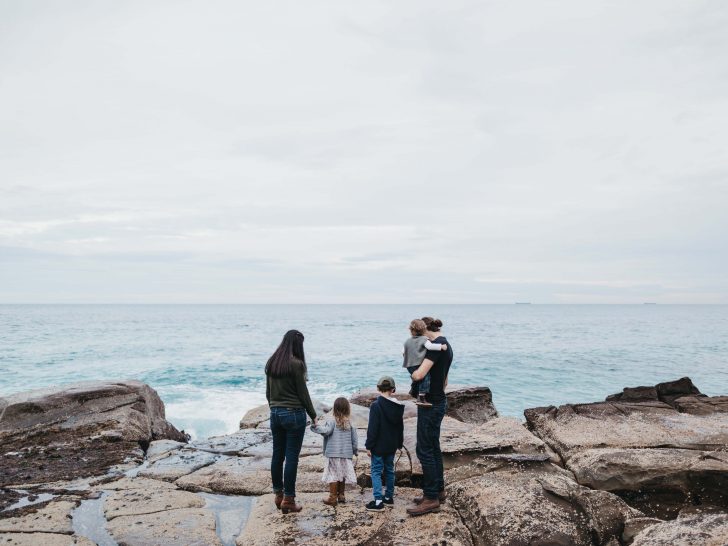MARRIAGE IS AN INVITATION FOR TWO DISTINCT BACKGROUNDS TO COME TOGETHER, FORGING A NEW MEANINGFUL DYNAMIC IN THE PROCESS.
There is a lovely picture often taken at weddings, of the bride and groom leaving, with one little suitcase between them for their honeymoon. It makes us smile, to think of new adventures, new love. It was with great surprise that I discovered that for every couple, there are always two suitcases, labelled his and hers.
When my brand new husband and I left on our honeymoon, I didn’t realise that I carried a suitcase packed to the brim with my life so far—my childhood, the way I was raised. My hurts and failures, my dreams and my insecurities. The fact that my family always puts tomato sauce in the fridge, and that as Whiteheads, we have decidedly frank discussions at the dinner table.
His suitcase carried many things I wasn’t aware of—a childhood affected by a naval father, a mother who was unwell, and the most immaculate standards of housekeeping in history. And just for fun, a complete lack of knowledge about country life. (To this day his reactions to sheep make me laugh.) His family had always put condiments in the cupboard, and the dinner table was only for silent contemplation. Our upbringing shapes so much of who we are.
Functional or not, our ideas about life and identity are both formed through the family we are raised in, with all of its attendant quirks and ways of doing life.
Some families never discuss money; some insist on dessert every night. Some families discuss issues out loud, and others do not talk at all.
I can honestly say that the first few years of marriage are challenging—and not just the daily confusion of where the sauce bottle should live. Two different family cultures are played out in one house; two world views, two value systems, two different ways of resolving conflict, and two hearts that have not necessarily arrived at this place without some hurt and damage.
For my husband and I, this was the real place of testing, the place for us to choose to walk out our marriage vows. Our backgrounds had hidden hurts and belief systems that would rear their heads every now and then, vulnerabilities that we would sometimes trip over. As we have grown together, we have found better ways of handling things. We have at times unknowingly stepped on the other’s triggers, and learned to talk about them calmly. I have come to the realisation that his viewpoint and world view is not necessarily wrong, because it differs from mine. Our two families shaped who we are, and of course, who we are is why we fell in love! I owe Clifford’s family everything, because they produced my husband—to that end, I needed to embrace his family as I would my own, as they in turn embraced me.
As we raise our children, we are creating our own culture—one that hopefully blends the best of both of us, and minimising some of the things that weren’t so good. We work on our relationship, and try to bring out the best in each other. Clifford’s wonderful stability and steadfastness grounds me—in turn I make him laugh, and tell him that he’s my favourite.
We are so totally different—and our differences work together well, even while they drive us crazy. I have learned to look beneath the surface when dealing with opposing viewpoints—the why of what we do often carries more weight than the what, now that we have learned to know each other better.
Over the years, I have learned to value the differences in our two families—Clifford’s family has an order and preparation that
mine didn’t, and my family has an emotional fluency and flexibility that his own lacked. Our family culture is formed by both of these things, and influenced of course by the crazy that our own personalities bring to the mix!
We have argued over things that don’t matter, and each has scored victories in terms of how our household is kept—the ironing is done a week in advance for the Stephens’; and from my family, our mealtimes are a joyful, noisy time where parents scarcely get a word in edgeways—unless Mummy has to describe the function of a pancreas. I am my mother’s daughter, after all. We have learned from both of our families, and each one has given us ways of doing things that we believe in, and teach to our children.
In the past twenty years, our family has taken some very hard hits—and they have challenged us to find ways of dealing with it first as a couple, and then as a family. By now I know when he is reacting out of his background, and he mine. We cover each other’s weaknesses, we try to present a united front wherever we can, and seek to make that unity a true representation of us.
Who we are as a couple is more than just the sum of the two of us—together we are not simply the two people who were married nearly nineteen years ago. We have fought combined battles; we have grown up together. We have cried and laughed together, and chosen how we will respond to the circumstances that come our way. We have conquered mountains together, and sprawled at the bottom of others in defeat.
Every day we are learning about ourselves and each other, and choosing to face life hand in hand.
That choice is the crux of the merging of two families—the choice we made twenty years ago is played out as we chose to be an “us”—as we choose to walk together, and to value what the other brings. To choose to lay down some aspects of our upbringing, and to keep others.
Even as we raise our own family, we are forming a combined identity that allows us each to be ourselves, but also allows for the greater thing we are when we are together.



















